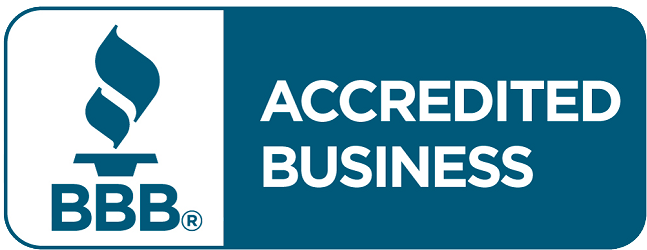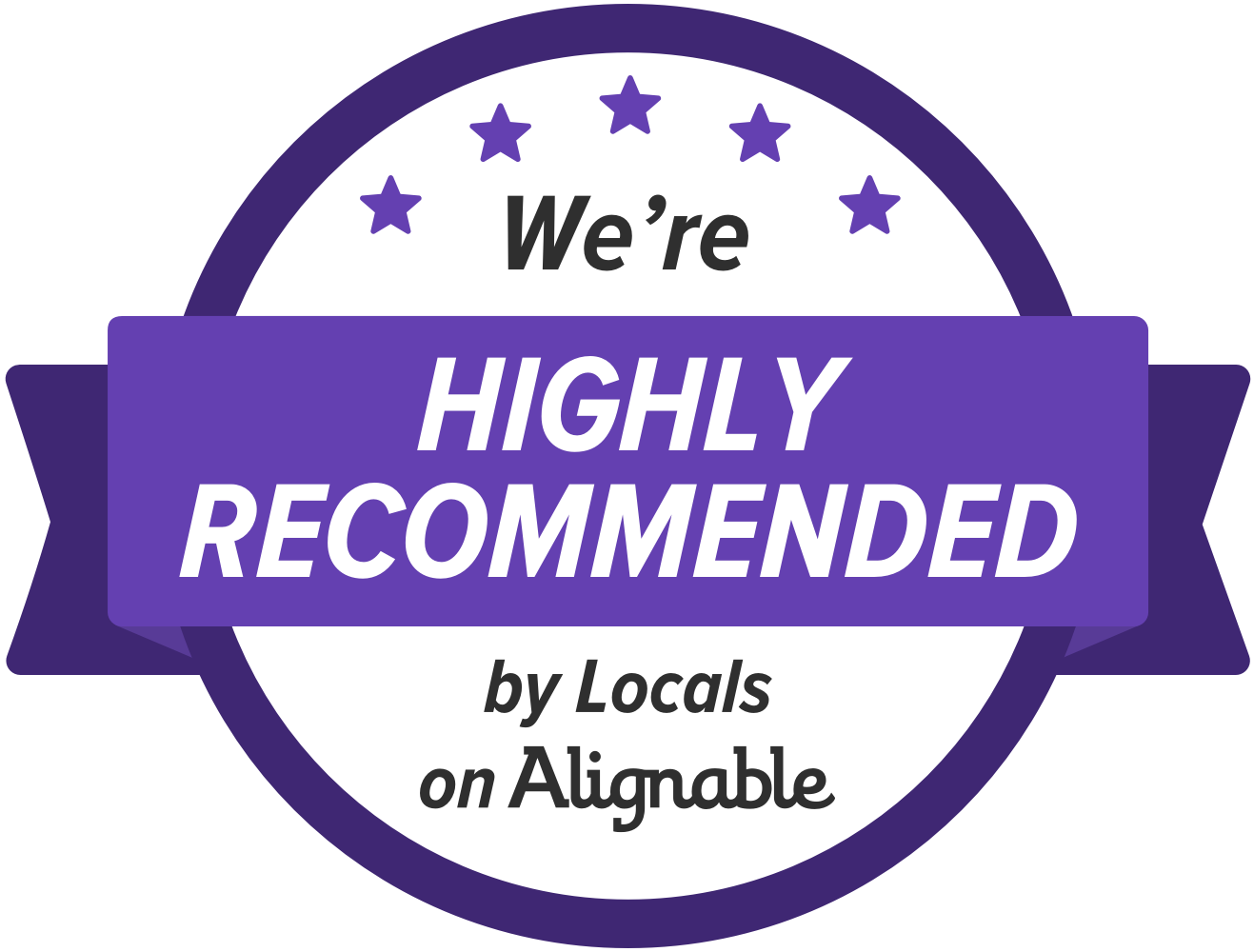
Website accessibility is a crucial aspect of digital marketing. It ensures that all users, including those with disabilities, can navigate and interact with a site effectively. An accessible website not only expands your audience’s reach but also improves user experience and ensures compliance with legal requirements. Businesses that prioritize accessibility foster inclusivity and improve engagement, ultimately leading to better customer retention and conversions.
Contents
Why Website Accessibility Matters
Website accessibility is about creating an inclusive digital environment that accommodates all users, including those with visual, auditory, cognitive, and motor impairments. The Americans with Disabilities Act (ADA) and the (WCAG) set standards that businesses should follow to ensure their websites are usable for everyone.
An accessible website:
- Improves User Experience: A site that is easy to navigate benefits all users, not just those with disabilities.
- Expands Market Reach: More than one billion people worldwide have disabilities. Making your website accessible allows you to connect with a wider audience.
- Boosts SEO: Search engines favor websites that provide a better user experience, leading to higher search rankings.
- Reduces Legal Risks: Compliance with ADA and WCAG minimizes the risk of lawsuits related to website accessibility violations.
Key Website Accessibility Best Practices
1. Use Proper Heading Structures
Headings improve readability and help users who rely on screen readers to navigate content efficiently. Websites should use a logical heading structure (H1, H2, H3) to organize content clearly.

For example:
✔ Correct:
- <h1>Main Topic</h1>
- <h2>Subtopic</h2>
- <h3>Detail under Subtopic</h3>
✖ Incorrect:
- <h3>Main Topic</h3>
- <h1>Subtopic</h1>
Proper structuring makes it easier for users to skim content and improves website usability.
2. Provide Alternative Text for Images
Alternative text (alt text) describes images for visually impaired users who rely on screen readers. Every image should have meaningful alt text that conveys its purpose.
✔ Good Example: “A woman using a laptop to browse an online store.”
✖ Bad Example: “Image123.jpg”
Alt text also helps improve SEO, as search engines rely on this information to understand image content.

3. Ensure Sufficient Color Contrast
Color contrast impacts readability, especially for users with visual impairments like color blindness. WCAG recommends a contrast ratio of at least 4.5:1 for normal text and 3:1 for larger text.
Tools like WebAIM Contrast Checker help businesses ensure their color choices meet accessibility standards.
4. Enable Keyboard Navigation
Not all users navigate websites with a mouse. Ensuring that all interactive elements, such as links, buttons, and forms, are accessible via keyboard-only navigation is essential. Users should be able to move through a website using the Tab key and activate elements with Enter or Spacebar.
Proper focus indicators—such as visible outlines around focused elements—help users identify their location on a page.
5. Add Captions and Transcripts for Multimedia
Video and audio content should include captions and transcripts for users with hearing impairments.
✔ Captions: Provide text overlay for spoken words and sound effects.
✔ Transcripts: Offer a text version of the entire multimedia content.
Platforms like YouTube provide automatic captioning, but manual review ensures accuracy.
6. Design Forms for Accessibility
Forms should include:
- Clear labels: Ensure each field has a visible label.
- Error messages: Provide helpful feedback if a user enters incorrect information.
- Keyboard accessibility: Allow users to navigate forms without a mouse.
Using ARIA (Accessible Rich Internet Applications) attributes can also improve form accessibility.
How GreenHaven Interactive Supports Website Accessibility
GreenHaven Interactive specializes in accessible web design and digital marketing strategies that ensure compliance with WCAGandADA guidelines. The team focuses on:
- Building ADA-compliant websites that cater to all users.
- Optimizing websites for SEO while improving accessibility.
- Providing expert consultation to help businesses integrate accessibility best practices.
Businesses looking to improve their digital presence can work with GreenHaven Interactive to implement accessibility solutions that improve user engagement and search rankings.
Measuring Website Accessibility
To maintain compliance and usability, businesses should regularly audit their websites for accessibility issues.
Useful Accessibility Testing Tools:
- WAVE (Web Accessibility Evaluation Tool): wave.webaim.org
- Google Lighthouse: Built-in tool in Chrome for accessibility audits.
- axe DevTools: A browser extension for identifying accessibility barriers.
Regular testing ensures that updates or design changes do not introduce new accessibility issues.
The Business Impact of Website Accessibility
Making a website accessible is not just about compliance—it benefits all users, improves engagement, and builds brand reputation. Companies that prioritize accessibility:
- Gain a competitive edge by reaching more customers.
- Improve usability for all users, leading to better retention and conversion rates.
- Reduce potential legal risks associated with non-compliance.

Businesses that focus on accessibility also improve their digital marketing effectiveness by creating a user-friendly experience that appeals to both customers and search engines.
In conclusion, it is a crucial aspect of building a strong online presence. Implementing structured headings, alt text, keyboard navigation, captions, and accessible forms ensures that all users, including those with disabilities, can interact with a site effectively.
For businesses looking to create an inclusive and compliant website, GreenHaven Interactive provides expert guidance in designing accessible, SEO-friendly websites that align with best practices. Contact us today!





